Description
High Speed USB Isolator – INDUSTRIAL VERSION (best for audio)
Now available: world’s first in-the-box solution to galvanically isolate the USB 2.0 bus in all speed modes.
Low Speed, Full Speed and High Speed.
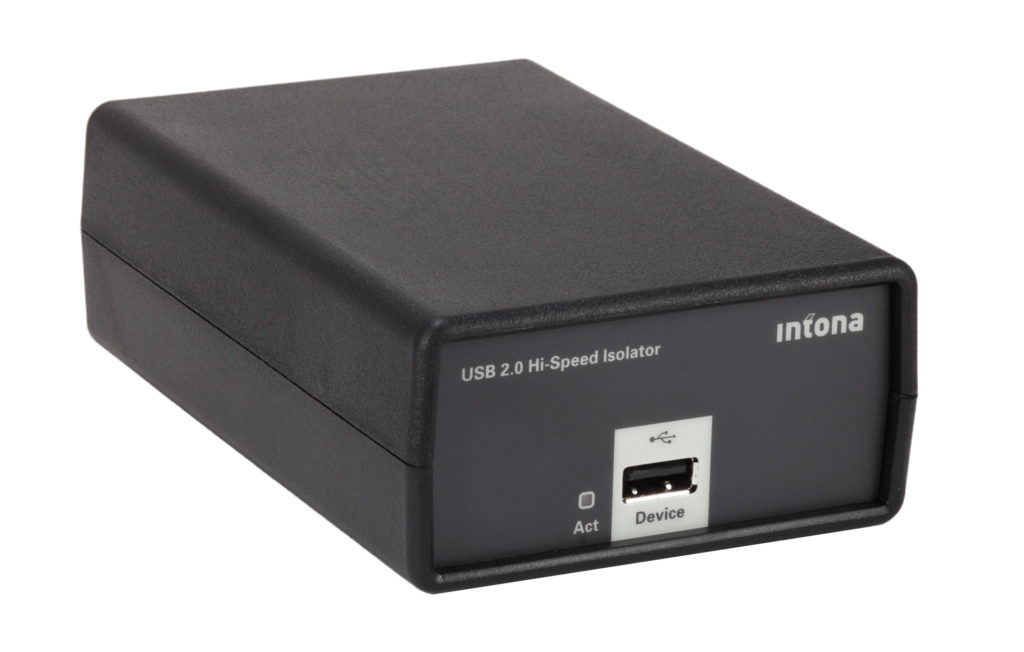
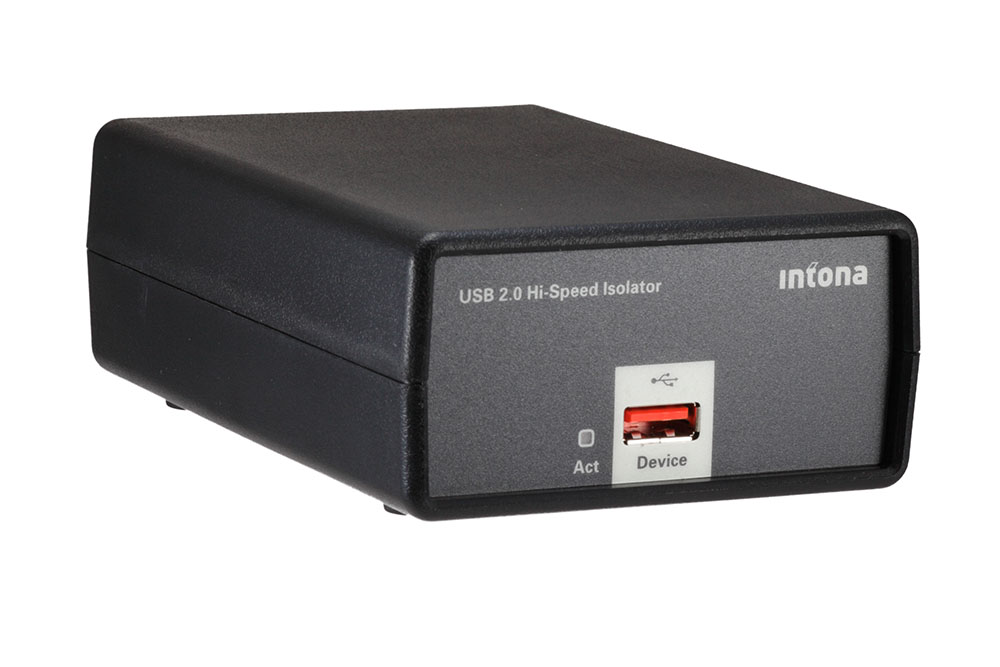
The Innovation
Previous isolators where limited to Full Speed (12 MBit/s) and Low Speed (1.5 MBit/s) transmission. This new product is capable of transmitting USB Hi-Speed (480 MBit/s) while providing full galvanic isolation of both the data and the power lines.
USB 2.0 Hi-Speed Isolator withstands up to 2.5kVRMS
This product is an ideal solution to break ground loops, avoid noise coupling and protect ports from power surges and voltage spikes in applications which require high speed USB transfers. The galvanic isolation barrier withstands potential difference up to 2500VRMS.
Applications
- Audiophile-grade home systems
- Industrial automation systems
- Measurement devices
- Environments requiring safety insulation
- Machine protection
- Broadcast and Studio
- All applications requiring clean and stable USB connections with separate grounds
FAQ
Would the Isolator improve the sound quality?
The intended purpose is complete isolation of both data and power lines. In an audio application, the resulting sound quality improvement is the effect of breaking all the noise coming from the host computer.
As this is a true industrial product, we focus primarily professional applications like automation systems, medical and research labs.
But of course, as this product is designed for low noise (research labs need this to gain dynamic range from nanovolts to kilovolts) and perfect signal integrity, we understand the demand of audio enthusiasts. We highly recommend giving it a try. If you search the web, you will find lots of positive comments and reviews about it.
Thanks to our fully equipped audio lab, we had the chance to take special attention keeping the noise of the power supply output as low as possible in the 20Hz-20kHz range and we also optimized current flow using a high-speed current sensor probe that resulted in the probably industrial-wide lowest packet noise (8 kHz and harmonics).
Following measurements are showing a typical ground loop issue (first image), cured by galvanic isolation (second image):
I heard the Industrial version is vastly superior sounding to the Standard version. Can you comment on this?
We really cannot comment in a scientific way on the difference of Industrial vs Standard version in terms of audio quality.
Fact is:
- both versions do the same job: isolate, repacketize, provide clean power
- quality audio measurements confirm this
But also fact is:
- Industrial version has full characterized parts and some better parts in sense of temperature grade (this is the reason for the name given)
- nearly all customers seem to hear a difference in audiophile-grade environments in favour of the Industrial one
Does the Isolator affect signal quality?
The 7054-based USB Hi-Speed Isolator is a phy-level receiver/isolator/reclocker/repacketizer working at a bidirectional bandwidth of 480 MBit/s.
It receives and transmits USB data using a dedicated ULPI-transceiver, buffers and translates by our proprietary logic using FPGA technology and isolates using industry-leading RF-type isolators by Silicon Labs with least possible capacitance.
It does not translate or distort data packets like a hub but does reproduce and reclock the original data by 100%.
The circuit is a 50 ohms impedance controlled design. USB traces are matched to 90 ohms differential / 30 ohms single ended. The RMS jitter of the isolated downstream has been measured at 12.5ps.
By using a technology well known in digital communication systems called Spread Spectrum, any harmonics produced through periodic packet transmission (like 8kHz packet noise) could be eliminated.
The isolated side is supplied by our own proprietary and very careful designed DC/DC converter followed by linear regulators. The USB output voltage is generated by the Analog Devices ADP125 linear regulator.
What is the “NF” option?
Upon request we provide a special modification to the LED blinking behaviour of the 7054-based isolator. That is, swapping the “high-speed” indication by the “failure” indication.
As result, the isolator LEDs will not blink when in high speed mode but are constantly on.
You may request this version by writing “NF-option” in the paypal payment process or as an email afterwards.
Update: as of 2016-06-01, the NF option has been merged to the standard firmware. The isolator will show the connection state by blinking accordingly. After three seconds, both LEDs will be constantly on. This can be seen as a “locked” state.
With other words: all currently sold units have the NF-option on by default.
Will the Isolator pass DSD Data? Is it bit perfect? Will it pass all higher resolution PCM also?
The Isolator can reach full USB bandwidth of 480MBit/s and it will pass DSD data in a bit perfect manner without changes. This is also true for any other data format and of course for PCM audio. We have successfully transmitted 32 channels at 192kHz in both directions without failure.
Is there any customization possible, for example using a better oscillator?
What would you expect by using a “better” oscillator?
We measured 12.5ps of RMS jitter on the USB packet clock. A more or less jittery oscillator would not make any difference on this, because of the very low tuned lp-filter in the transceiver’s PLL.
We use four clocks in our design, all shifted slightly in phase and affected from natural spread spectrum of the isolator chips and other sources. This really helps to bring EMI down and to spread current peaks – e.g. to lower the packet noise.
If we would tune everything inside to least jitter, this would rise packet noise and also EMI radiation.
One need to distinguish between
- sample clock in an ADC or DAC: low jitter is the most important, because only the right sample at the right time is the right sample
- transmission clock of a serial system: BER (bit error rate) or eye mask to be specified
- clock passing integrated logic: setup and hold times to be met
We decided to go for low noise, so spreading clocks and accepting inter-logic-skew was the way to go. Further, clever design of return currents and also a good and low impedance decoupling network of the power supplies are by far more important to meet your needs than looking for the oscillator.
USB PACKET CLOCK – USB 2.0 Compliance Measurements
As the Intona USB 2.0 Hi-Speed isolator is a design from scratch, not using any ready-made USB isolation chips, we were often asked about USB-compliance, signal quality and clock jitter. In the following, we have published our compliance tests for the isolated side.
For details on test setup, methodology, and performance criteria, please consult the signal quality test description at the USB-IF Compliance Program. We tested using a LeCroy Serial Data Analyzer. You can find the corresponding test sheet here.
| USB Test No. | Description | Requirement | Result | Conclusion |
|---|---|---|---|---|
| EL_21 | Sync Field | X = 31 | X = 31 | Passed |
| EL_22 | Inter-packet Gap #2 | X = 8 bits < X < 192 bits | same as host | Passed |
| EL_23 | Inter-packet Gap #1 | 88 bits < X < 192 bits | same as host | Passed |
| EL_25 | EOP Width | X > 7.5 bits | X = 7.97 bits | Passed |
| EL_33 | Chirp Response time | X < 100us | X = 50.3us | Passed |
| EL_34 | Chirp JK Duration | 40us < X < 60us | X = 50us | Passed |
| EL_35 | Chirp JK->SOF time | 100us < X < 500us | X = 101.1483us | Passed |
| EL_39 | Host Suspend time | 3.0ms < X < 3.125ms | X = 3.052ms | Passed |
| EL_41 | Host Resume time | X < 3ms | X = 1.369us | Passed |
| EL_55 | SOF EOP Width | X > 40 bits | X = 40.1 bits | Passed |
| EL_28 | Chirp-K Latency | 2.5us < X < 6.0ms | X = 3.02us | Passed |
| EL_29 | Chirp-K Duration | 1.0ms < X < 7.0ms | X = 2.76ms | Passed |
| EL_31 | Device Turn On | X < 500us | X = 573ns | Passed |
Table 1: USB Compliance Electrical Test
| Description | Result | Conclusion |
|---|---|---|
| Signal eye | see diagram | Passed |
| EOP width | 7.97 bits | Passed |
| Measured signaling rate | 479.9464 MHz | Passed |
| Rising Edge Rate | 1233.48 V/us (518.86 ps equivalent risetime) | Passed |
| Falling Edge Rate | 1256.71 V/us (509.27 ps equivalent risetime) | Passed |
Table 2: USB Near End High Speed Signal Quality Test of Isolated Side
| Description | Range Min | Range Max | RMS |
|---|---|---|---|
| Consecutive Jitter | -31.061ps | 30.560ps | 12.512ps |
| Paired JK Jitter | -30.454ps | 32.848ps | 8.833ps |
| Paired KJ Jitter | -41.908ps | 32.871ps | 9.087ps |
Table 3: Additional Information (Isolated Side)
Overall result: pass!Signal Eye (Isolated Side):
Please read the following PDF for more information on it’s ability to suppress the known 8Khz USB Packet noise issue far better than most devices.

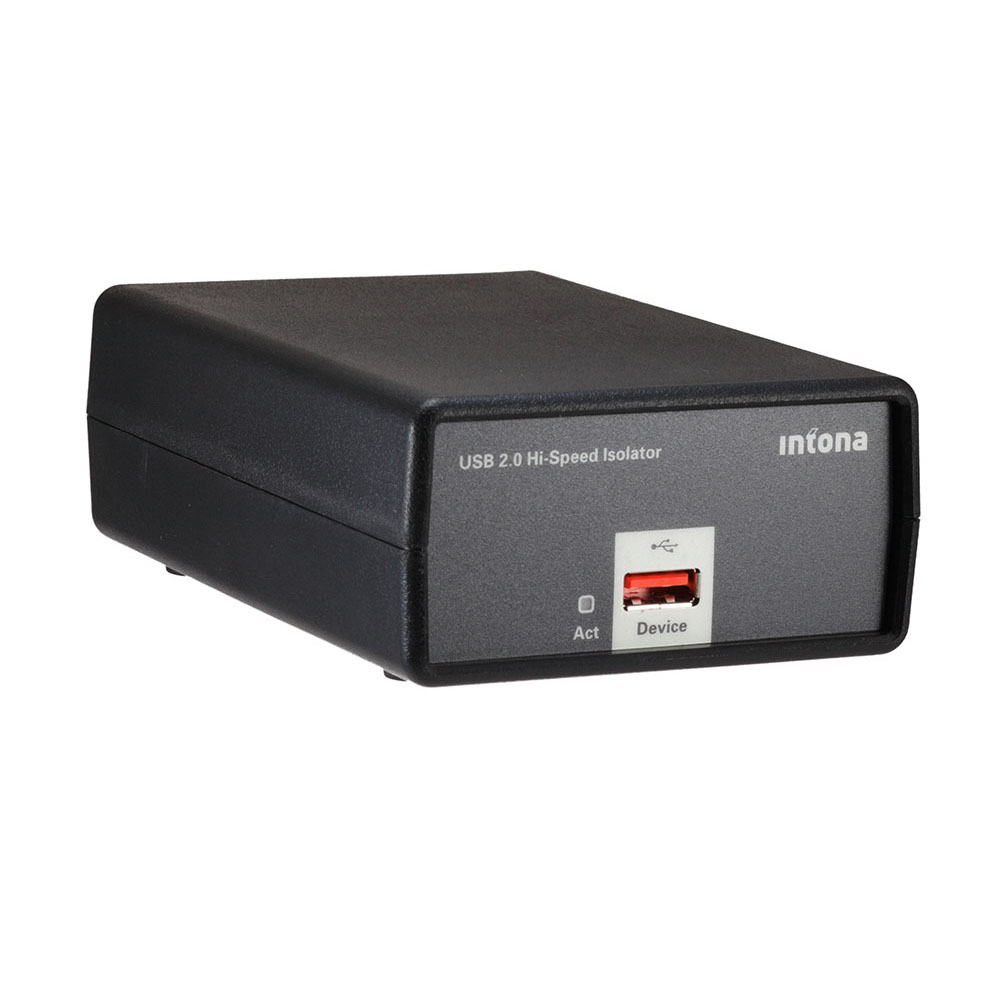
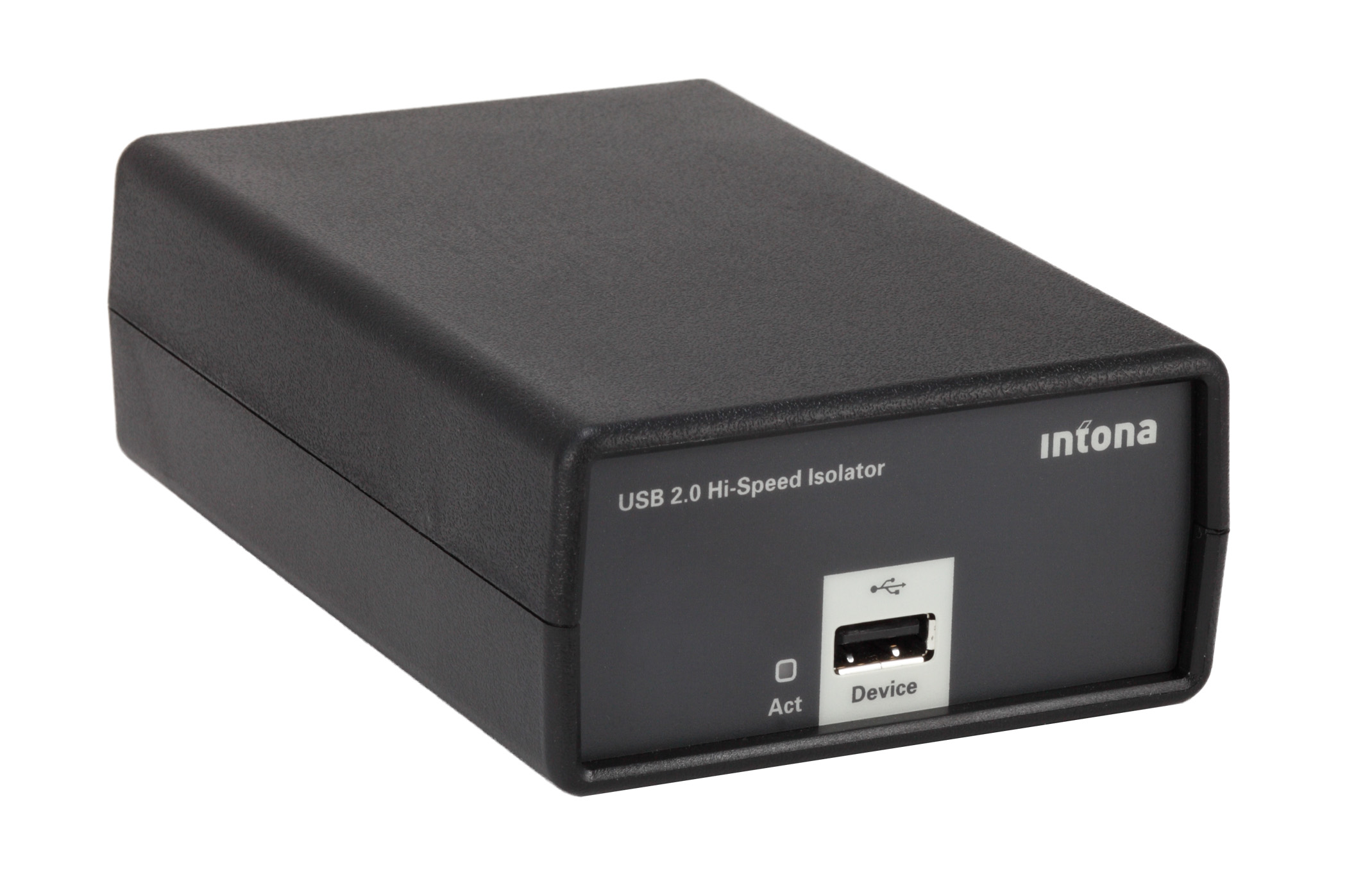
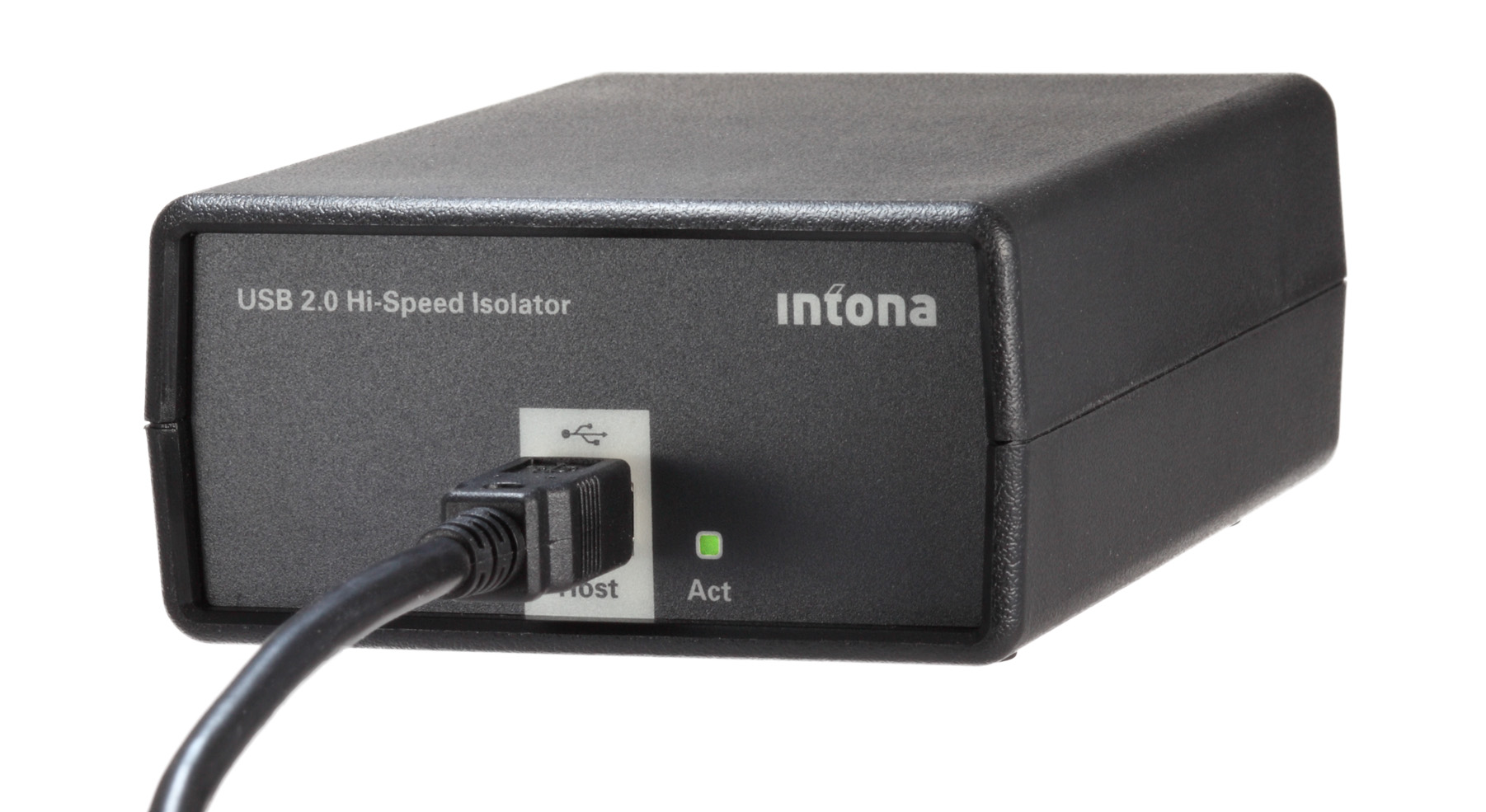
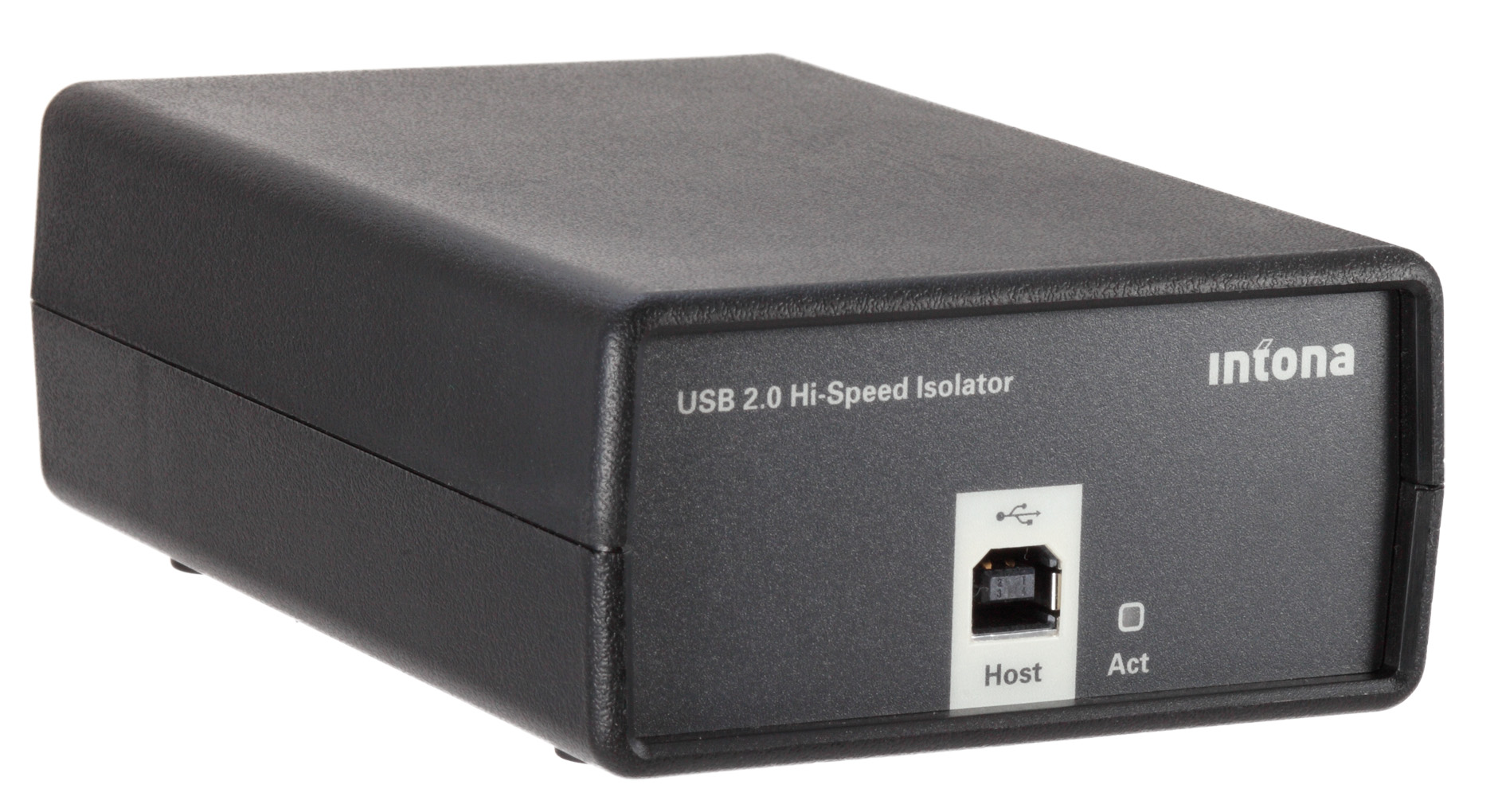
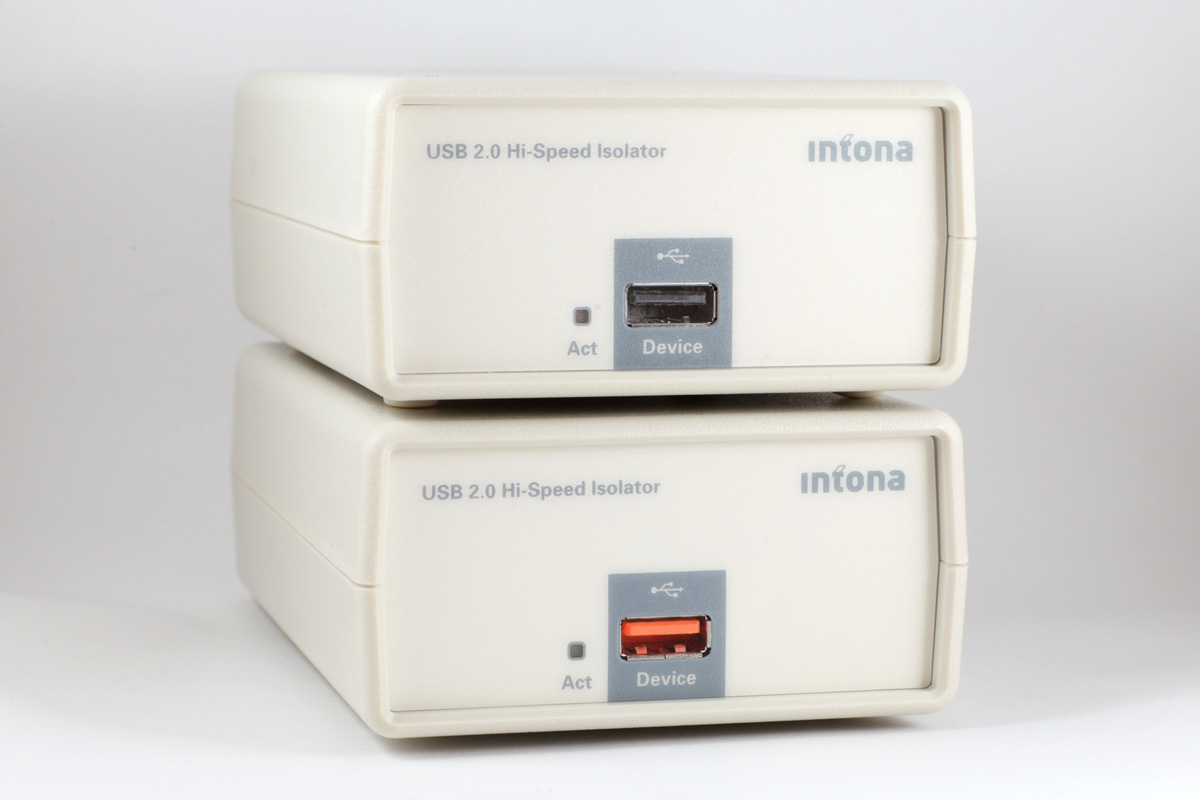

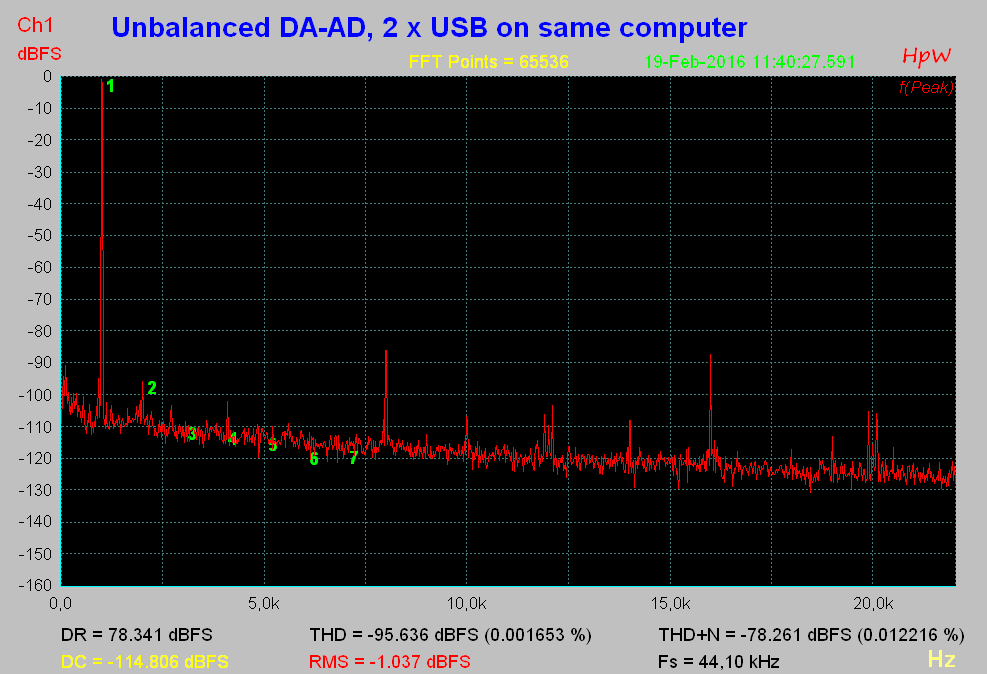
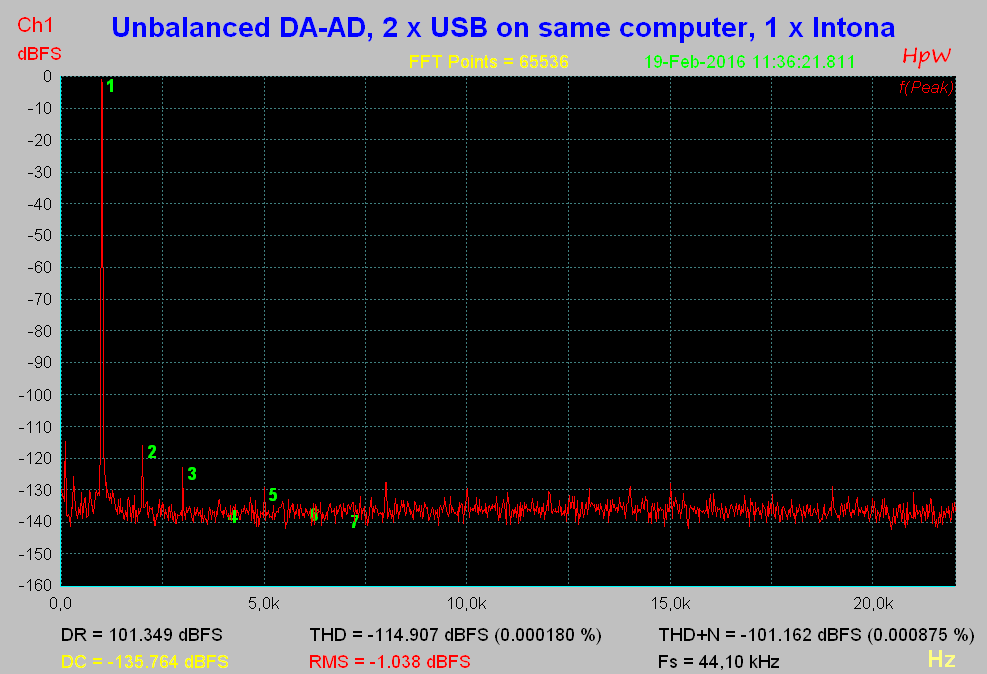
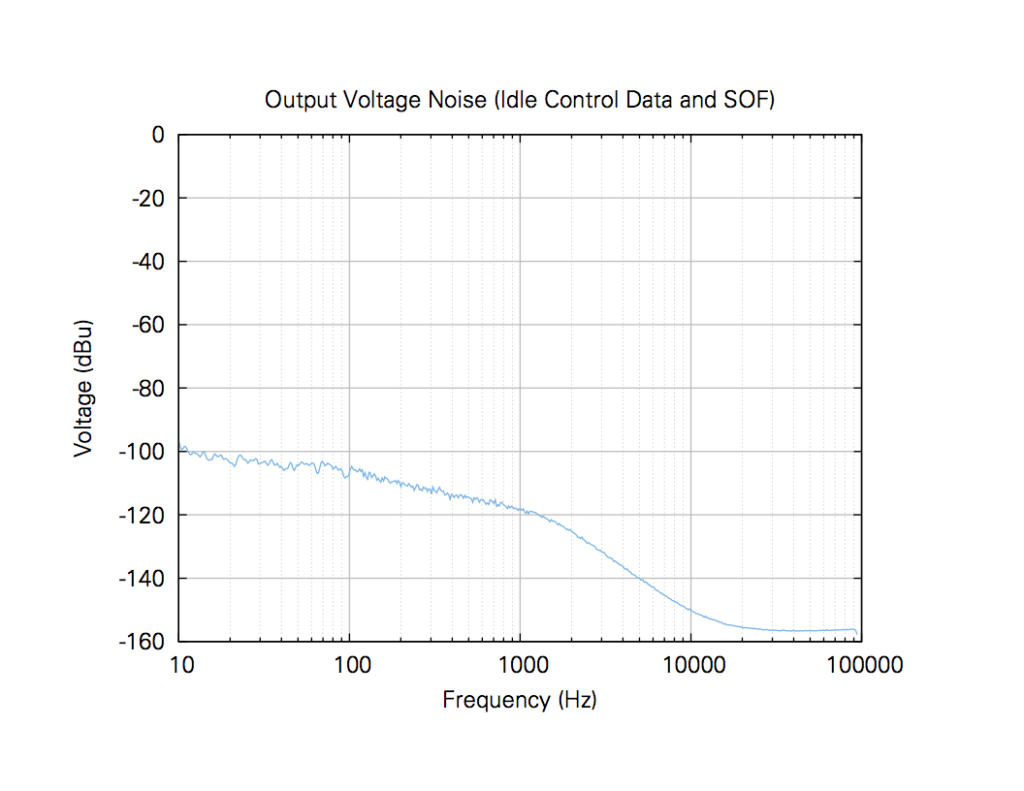
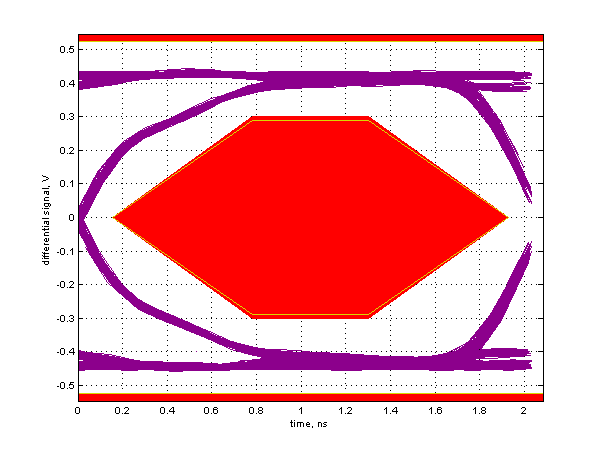


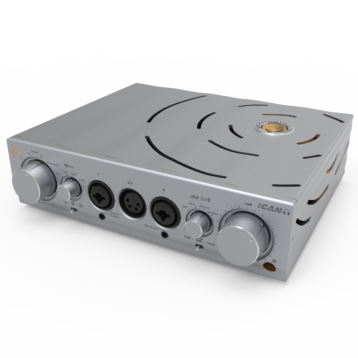
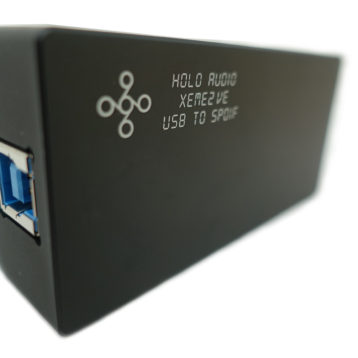
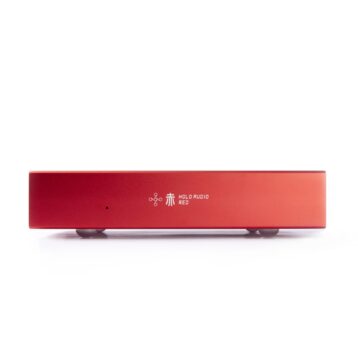
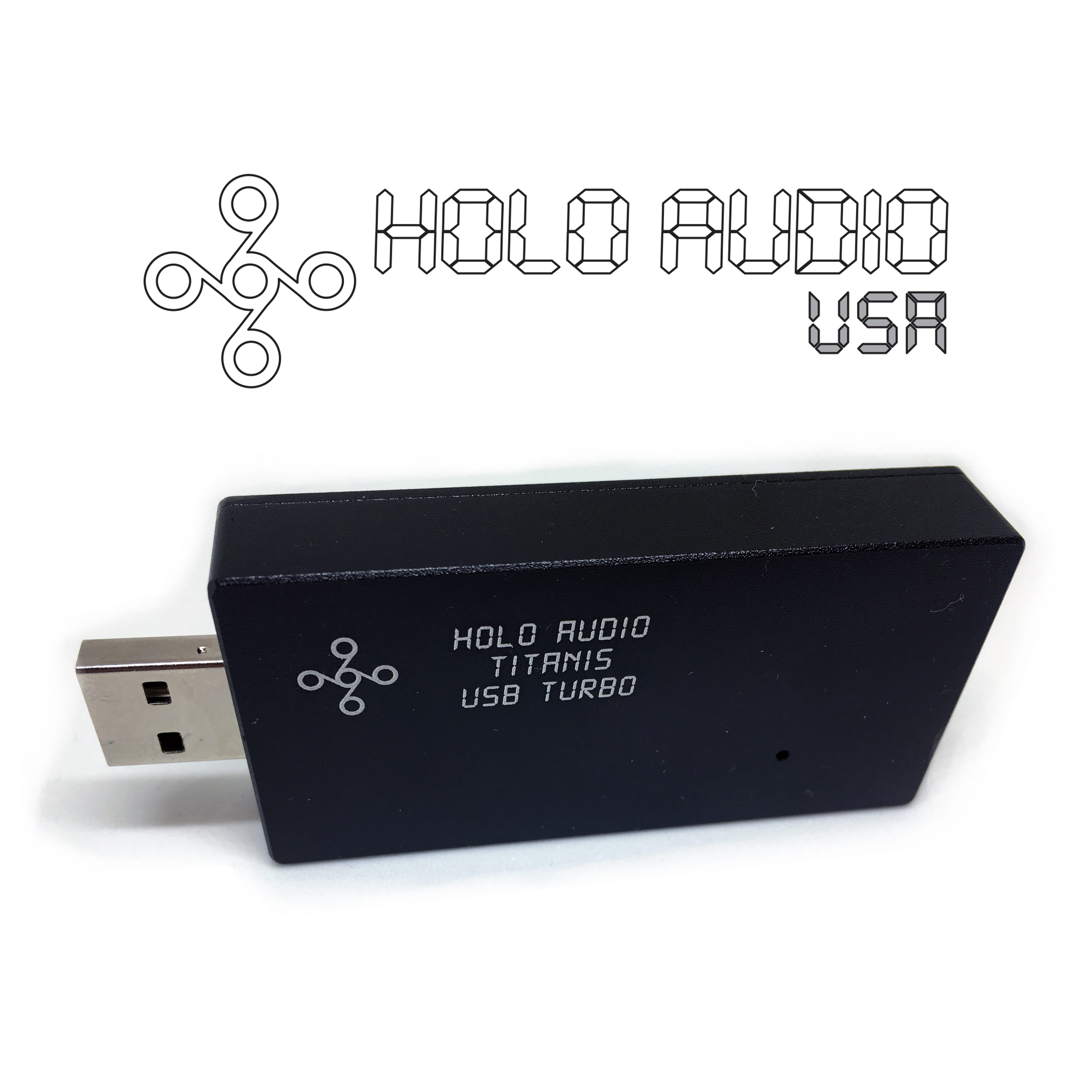
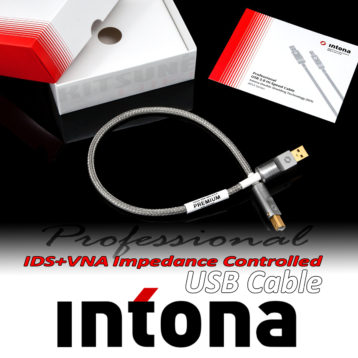
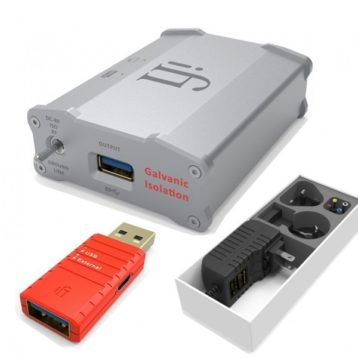
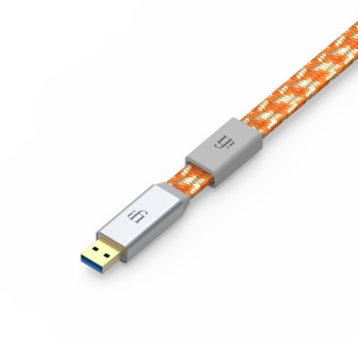
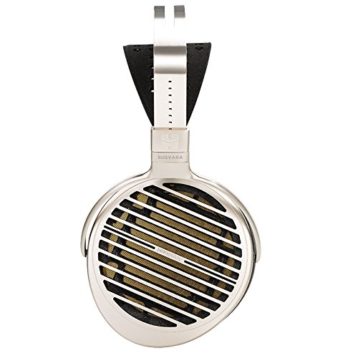
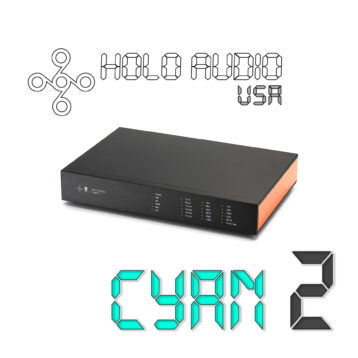
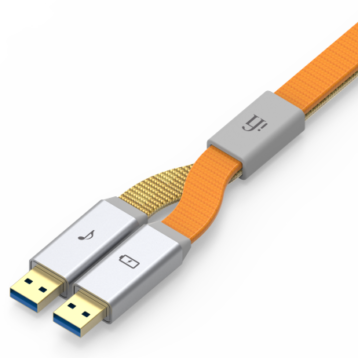

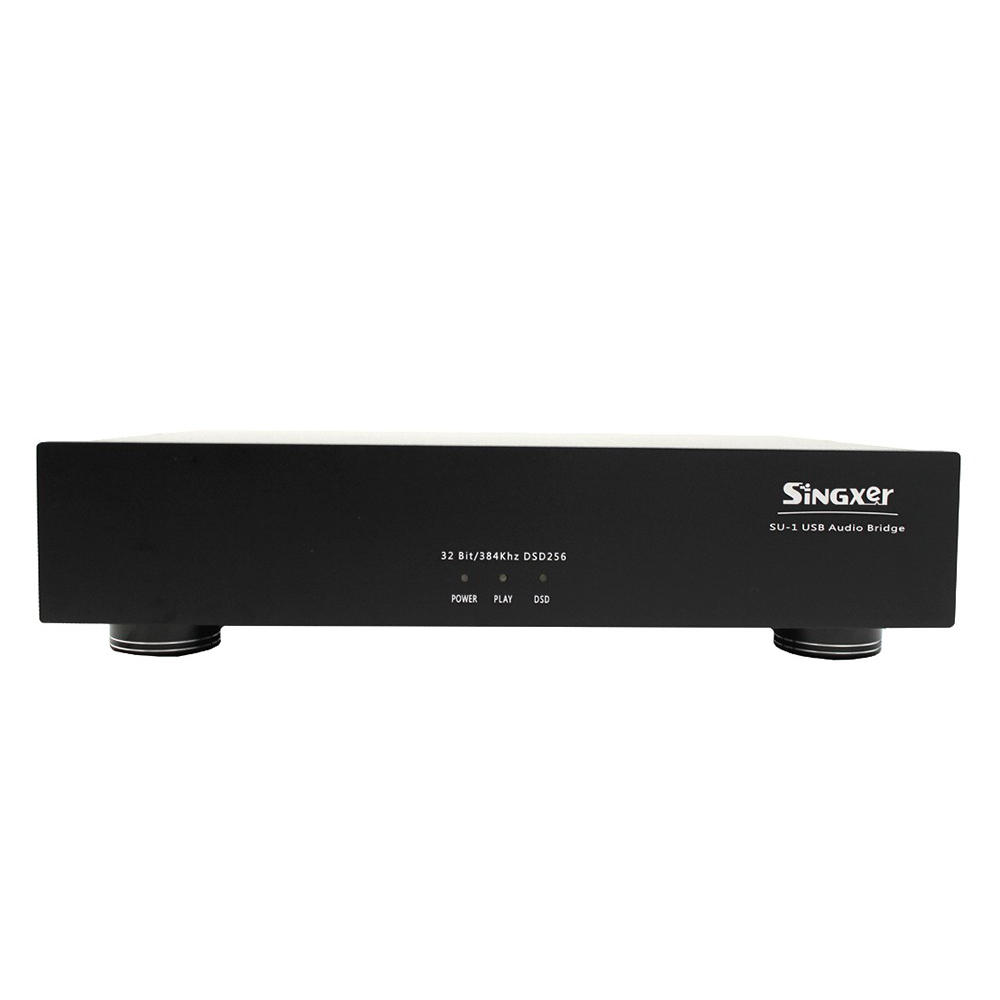
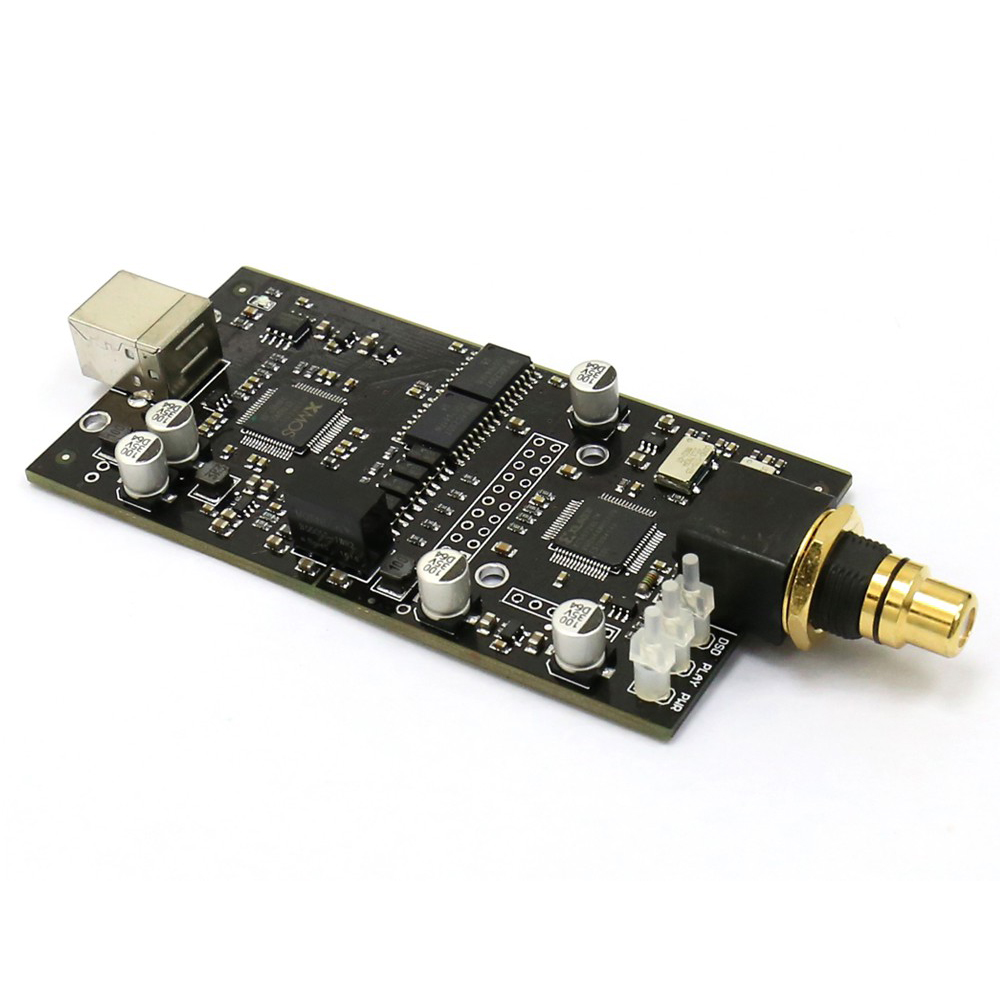
Christian (verified owner) –
Got this to clean up the USB output of my Mac mini, which is known to be bad, and feed a clean signal into my USB path. So far it has been working well. No compatibility issues, plug and play as long as your downstream device (DDC or DAC) doesn’t need more than 300 mA.